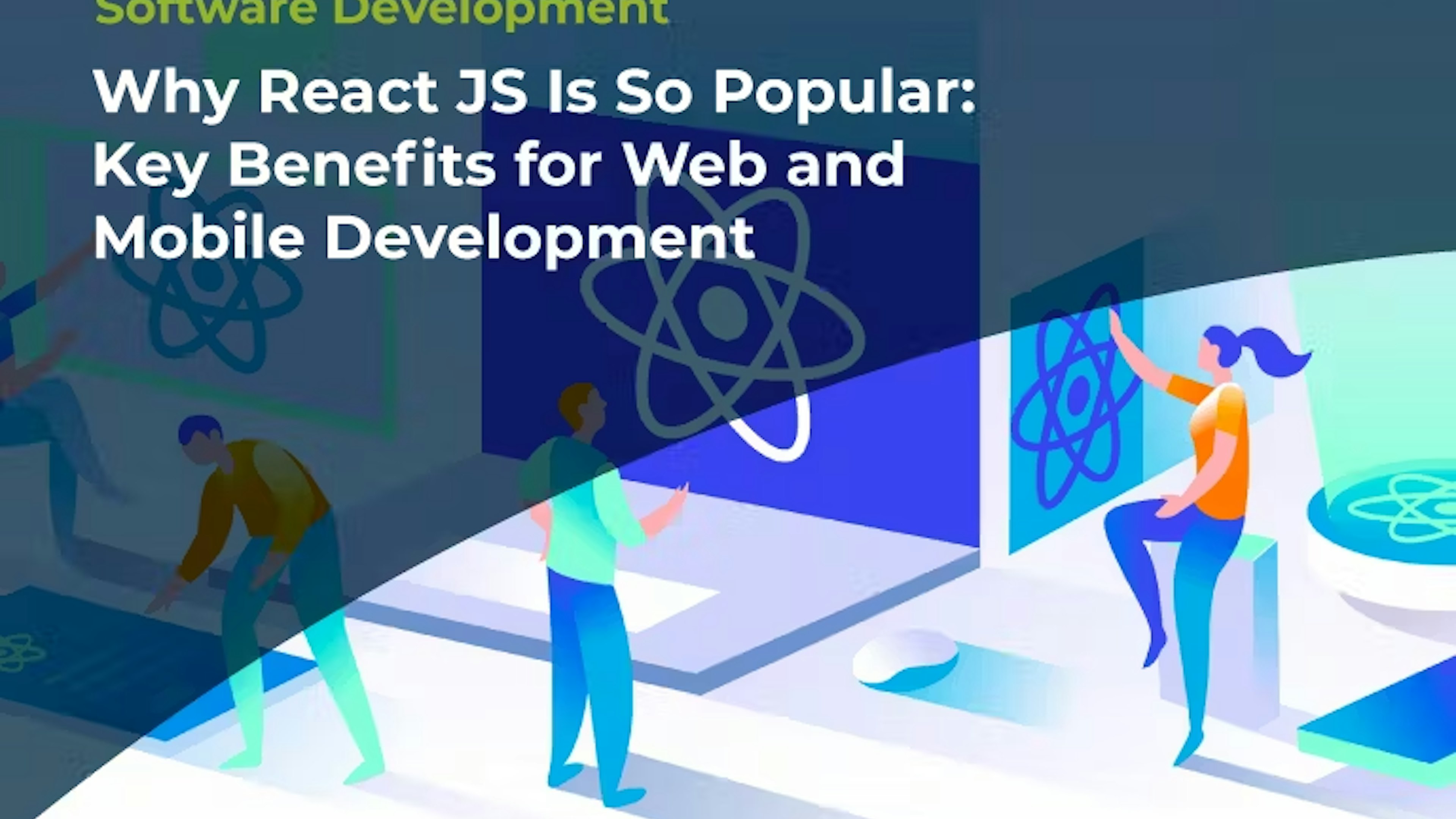Building a Product Right: Does My Project Need an MVP?


Creating a minimum viable product (MVP) is an essential step for many startups or businesses looking to launch a new product or service. That’s because it lets companies quickly test a concept, validate customer feedback, and get an idea of the potential success of the project before fully investing in development. But how do you know if you really need an MVP?
An MVP project is not a one-size-fits-all solution. Every business is unique, and there are several factors to consider when deciding if an MVP is right for your applications. This starter guide will help you better understand the concept of an MVP and whether it is a suitable option for your company’s vision.
What Is MVP in Project Management?
An MVP is a product or service with a minimal set of features that allows customers to interact with it and provide feedback. This allows businesses to test their product idea on the market before committing to a full product launch. That’s why an MVP should include the core features needed to validate the concept, while also providing insights on potential improvements. The goal is to get feedback quickly and refine the product based on customer reactions.
But what does MVP mean in project management processes? How does it integrate with your team and your methods? The MVP is a strategy used to identify the essential features that users appreciate most, prioritizing them for development. That means your teams can commit more resources to the most important functions and determine which ones can be improved or added in later iterations with Agile project management.
MVPs are developed quickly and released so that potential users can show what they care about most, which can either be used to refine the product and make it more successful in the long run or determine that it’s not worth further investment because of low demand.
Read: The Six-Step Process to MVP Development
When Should I Consider an MVP?
Or, more accurately, what does MVP stand for in project management planning? This goes beyond saying that the acronym means ‘minimum viable product’. During product development, you want to have a dedicated stage to confirm product-market fit—and that’s what an MVP stands for.
If you are launching a new product or service, deciding to create an MVP can be a great way to test the market and collect valuable feedback. It can also be used to gain an edge over the competition, or to see if there is even a market for the product or service.
An MVP can also be used to quickly test the feasibility of a project before committing to a full launch. This allows you to make sure the project is viable before investing too much money or effort.
What Are the Benefits of an MVP?
An MVP can save you time and money in the long run. By launching an MVP, you can quickly validate the concept and identify potential improvements for the final product. This allows you to make refinements early on, saving you time and money in the long run.
An MVP also allows you to quickly test the market and identify possible customers. It can also be used to gain an edge over the competition or to see if there is even a market for the product or service. In software development in particular, the MVP stage helps with gathering real-time user feedback and a faster time to market.
Address pain points: This early version of your product is a demonstration of how it resolves concerns for your user base. By focusing the core features around their pain points, you can show users what to expect from your product.
Get insights from your target audience: Creating an MVP lets your target users get their hands on something real, so they can say what they like and what they wish they could do with your product. This means you can shape future development based on direct user feedback.
Measuring market fit: Delivering customer value is one of the main priorities of the MVP development process. Because of that, your MVP will confirm whether or not the market needs a product like yours. This helps you invest your time and resources more wisely.
What Are the Pitfalls of an MVP?
While MVPs are useful tools, there are common oversights that can make them less effective for your business. For example, if you launch an MVP, you should be prepared to make changes and refinements quickly. Make sure you’re ready to do that and avoid the following challenges that you could run into while creating an MVP.
Limited resources:
Building on the last point, the purpose of an MVP is to restrict the amount of time and resources you invest into a product before verifying it has a place on the market. When you’re going through the development process, remember this isn’t your final product.
Selecting the incorrect team:
For the frequent changes and refinements, Agile methodology is ideal for MVP development. Teams that don’t follow this will have a harder time with regular adjustments. Consider outsourcing to find Agile tech talent that’s right-fit to your product.
Scope creep:
With product and app development, it’s easy to get too ambitious with the features you want to add. Emphasize core functionality and keep tasks manageable based on available resources. Unchecked scope creep can cause employees to get burnt out and quit.
How To Perform MVP Project Management Effectively
Now you understand better how, when, and why to build a minimum viable product. The last thing you need is to figure out how to staff this MVP for effective and efficient workflow. Agile project management is part of the culture at Devsu, along with continuous improvement and learning to make sure our talent network is the best in the world.
Our teams have the recognition to prove it, and you can check our website or social media to see how we’ve helped other clients too. Tell us about your project today to ignite growth at your business and kickstart your digital transformation.
Subscribe to our newsletter
Stay informed with the latest insights and trends in the industry
You may also like



